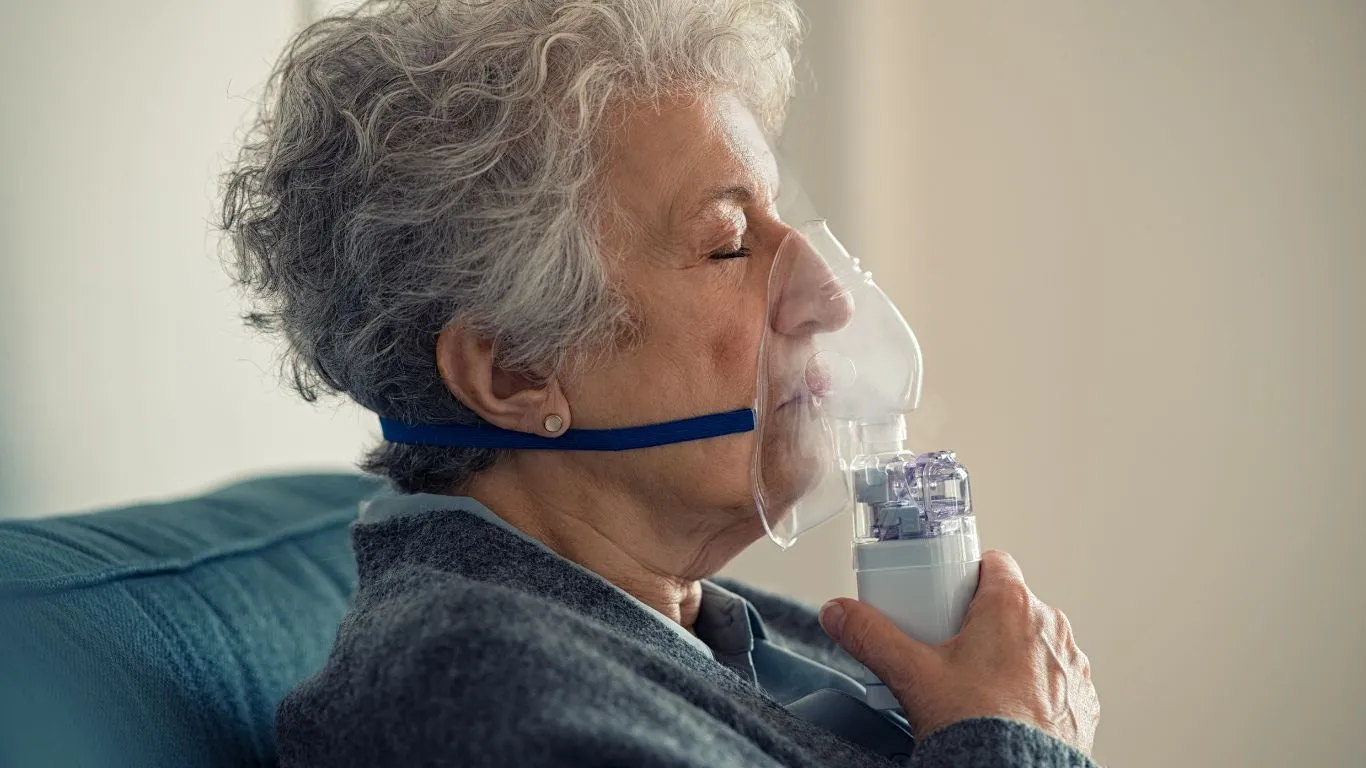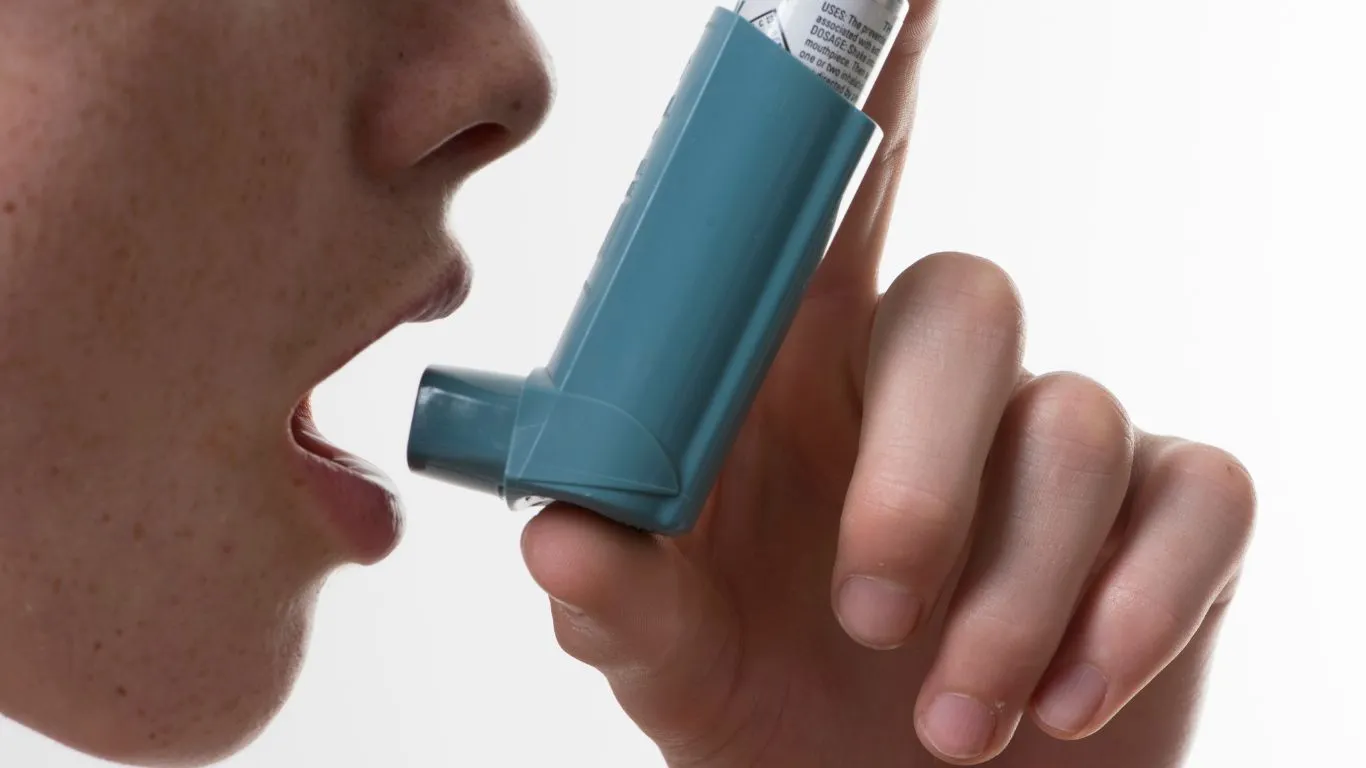Asthma-Safe Workout Routines Indoors: Stay Active Without the Wheeze!
If you have asthma, staying active can sometimes feel like a bit of a challenge. Exercise is super important for your overall health, but you don’t want to push yourself too hard and risk triggering an asthma attack. Fortunately, you can still enjoy a solid workout indoors without putting your lungs to the test. In this guide, we’ll talk about some asthma-safe workout routines that you can do from the comfort of your home. Plus, we’ll throw in some tips for managing asthma during your workouts!

Why Should You Exercise with Asthma?
Exercise has tons of benefits, even if you have asthma. It helps with cardiovascular health, strengthens your muscles, and can even help you manage your asthma better in the long run. However, exercising with asthma means being mindful of triggers like cold air, dust, or even certain movements that can make you breathe harder than usual. But don’t worry, we’ve got you covered!
Indoor workouts are an awesome choice for people with asthma. Why? Well, you can control the environment—no cold winds, no pollen, and no dust from running around outside. Plus, there’s a wide range of exercises that can help keep you fit without making you gasp for air.

1. Low-Impact Cardio: Keep Your Heart Happy!
If you’ve got asthma, jumping into high-intensity cardio can be tough. Instead, low-impact exercises are your best friend. These exercises are easy on your lungs and joints, making them a perfect choice for asthma-friendly workouts.
Best Options:
- Walking: A simple walk around the house or on a treadmill is one of the best things you can do. It gets your heart pumping without over-exerting your lungs.
- Cycling on a stationary bike: You can keep the intensity moderate and stay indoors, which helps avoid outdoor allergens or cold air.
- Swimming (indoor pools): If you have access to an indoor pool, swimming is a fantastic choice. The warm, moist air helps open your airways, which can actually make breathing easier.
2. Yoga: Breathe In, Breathe Out
Yoga isn’t just about flexibility; it’s also about controlling your breath and calming your mind. And for someone with asthma, that’s a major bonus. The breathing techniques in yoga can help you manage asthma attacks and improve lung function over time.

Best Poses:
- Cat-Cow Pose: This one’s great for warming up the spine and focusing on your breathing.
- Child’s Pose: A gentle, relaxing pose that helps stretch your back and allows you to catch your breath.
- Seated Forward Fold: This helps open up the chest and encourages deeper breathing.
- Legs Up the Wall: A soothing pose that allows you to relax while focusing on your breath.
If you’re new to yoga, try starting with some beginner videos online. It’s all about moving at your own pace and listening to your body.
3. Strength Training with Light Weights
Building strength is crucial for everyone, including those with asthma. Light strength training can help improve muscle tone and boost your metabolism, all while being relatively gentle on your breathing. Stick to lighter weights or resistance bands, and avoid holding your breath during lifts.
Best Moves:
- Bodyweight squats: These are low-impact and help build leg strength without straining your lungs.
- Dumbbell rows: Use light weights and keep your movements controlled.
- Lunges: Just be careful not to overdo it. Start slow, and you’ll see improvements.
The key here is to take it slow and steady, especially if you’re just getting started.
4. Stretching: Flexibility Without the Wheeze
Stretching doesn’t get enough love in the fitness world, but it’s a game-changer, especially for people with asthma. Stretching helps improve flexibility, reduce muscle tension, and it’s pretty much a low-intensity activity, making it asthma-friendly. Plus, it gives you a chance to focus on your breath.
Best Stretches:
- Hamstring Stretch: Helps loosen up the legs, especially after a strength workout.
- Shoulder Stretch: Relieves tension in the upper body and helps keep your posture in check.
- Hip Flexor Stretch: A must-do to prevent tight hips from sitting all day.
You don’t have to stretch for hours, but incorporating stretching into your daily routine will help your body stay limber and relaxed.
5. Breathing Exercises: The Secret to Asthma Control
One of the best ways to stay asthma-safe during workouts is to practice proper breathing techniques. These exercises can help improve your lung capacity, teach you to control your breath, and prevent asthma flare-ups.
Effective Breathing Techniques:
- Diaphragmatic Breathing: Also known as “belly breathing,” this technique helps you engage your diaphragm fully, improving your airflow.
- Pursed-Lip Breathing: This helps slow your breath down and makes it easier to exhale fully.
- Box Breathing: Inhale for four counts, hold for four counts, exhale for four counts, and hold again for four counts. This helps calm the nervous system and improves control over your breath.
Adding these techniques into your workout routine can make a huge difference in how you feel during and after exercise.
Managing Asthma During Your Workout
If you’re new to working out with asthma, there are some important tips to keep in mind to stay safe:
- Warm-Up and Cool Down: Make sure to start slow and gradually increase the intensity. This will give your body and lungs time to adjust.
- Stay Hydrated: Dehydration can make asthma worse, so drink plenty of water before, during, and after your workout.
- Monitor Your Breathing: If you start feeling short of breath or wheezing, take a break and use your inhaler if needed. Listen to your body!
- Avoid Strong Odors: Strong perfumes, cleaning products, or even certain fabrics can trigger asthma, so be mindful of your workout environment.
Conclusion
Working out with asthma might require some extra thought and planning, but it’s totally doable! You can still stay active indoors with asthma-safe workouts, like walking, yoga, and light strength training. Focus on exercises that allow you to control your breathing, and always listen to your body. With a little preparation, you can enjoy all the benefits of regular exercise without worrying about your asthma.

Appendices
References
- American Lung Association. (2024). Asthma and Exercise. Read More
- Mayo Clinic. (2023). Exercise and Asthma: Tips for Safe Workouts. Read More
- National Heart, Lung, and Blood Institute. (2024). Physical Activity and Asthma. Read More
FAQs
- Can I do high-intensity workouts if I have asthma?
High-intensity workouts can be tough on asthma sufferers, especially if you’re not used to them. Start slow, and always have your inhaler handy in case you need it. - Should I use a nebulizer during exercise?
It’s best to use a nebulizer or inhaler before or after your workout if needed. Always follow your doctor’s advice on when to use your asthma medications. - Are indoor workouts better for asthma?
Yes, indoor workouts are often better since you can control the environment. You won’t have to deal with outdoor allergens, cold air, or pollution. - Can yoga help with asthma symptoms?
Yes! Yoga is excellent for asthma sufferers because it focuses on controlled breathing and relaxation, which can help prevent asthma attacks. - How can I manage asthma during exercise?
Warm up slowly, stay hydrated, use your inhaler if prescribed, and avoid overexertion. If you start feeling any asthma symptoms, stop and rest.
Disclaimer
This article is for informational purposes only and is not a substitute for professional medical advice. Always consult your healthcare provider before starting any new exercise routine, especially if you have asthma. Individual responses to exercise may vary, and proper asthma management is essential.

Bianca Nala is a compassionate Nurse Practitioner with a strong background in primary and respiratory care. As a health writer for Healthusias.com, she combines her clinical expertise with a talent for clear, relatable storytelling to help readers better understand their health. Bianca focuses on topics like asthma, COPD, chronic cough, and overall lung health, aiming to simplify complex medical topics without losing accuracy. Whether she’s treating patients or writing articles, Bianca is driven by a single goal: making quality healthcare knowledge accessible to everyone.






